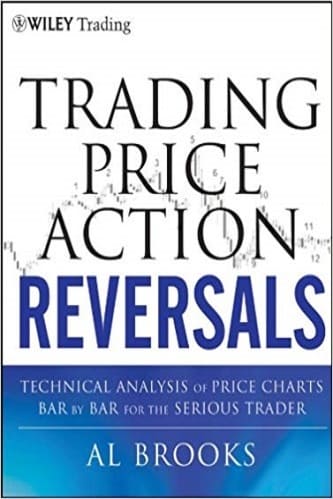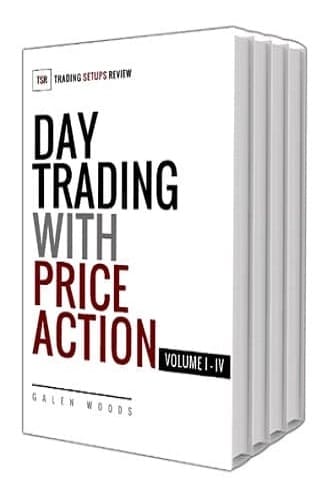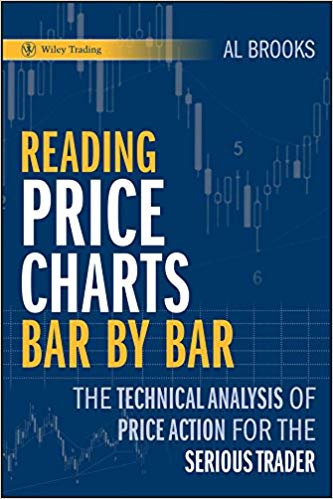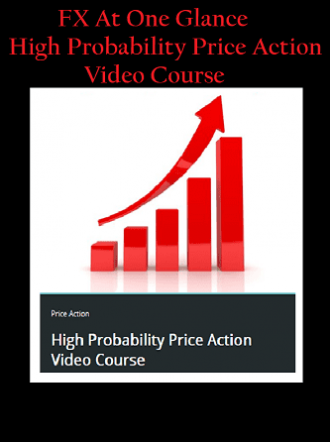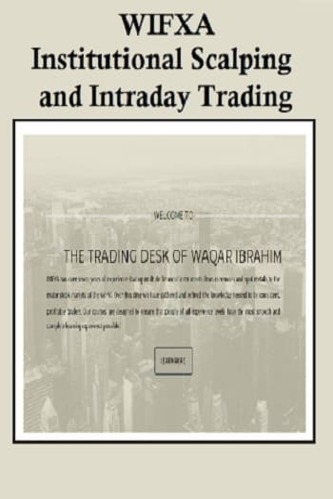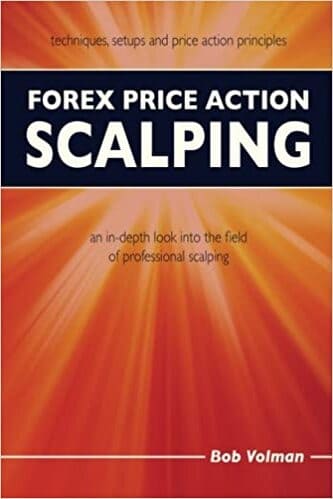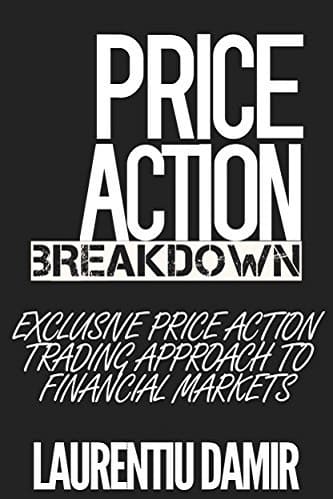Trading Price Action Reversals: Technical Analysis of Price Charts Bar by Bar for the Serious Trader
$22.02
| Author(s) | |
|---|---|
| Format |
|
| Pages |
576 |
| Publication Year |
2012 |
Trading Price Action Reversals reveals the various types of reversals found in today’s markets and then takes the time to discuss the specific characteristics of these reversals, so that you can use them in your everyday trading endeavors. While price action analysis works on all time frames, there are different techniques that you can use in trading intraday, daily, weekly and monthly charts. This, among many other issues, is also addressed throughout these pages.
Author’s Introduction:
My goals in writing this series of three books are to describe my understanding of why the carefully selected trades offer great risk/reward ratios, and to present ways to profit from the setups. I am presenting material that I hope will be interesting to professional traders and students in business school, but I also hope that even traders starting out will find some useful ideas. Everyone looks at price charts but usually just briefly and with a specific or limited goal.
However, every chart has an incredible amount of information that can be used to make profitable trades, but much of it can be used effectively only if traders spend time to carefully understand what each bar on the chart is telling them about what institutional money is doing.
Ninety percent or more of all trading in large markets is done by institutions, which means that the market is simply a collection of institutions. Almost all are profitable over time, and the few that are not soon go out of business. Since institutions are profitable and they are the market, every trade that you take has a profitable trader (a part of the collection of institutions) taking the other side of your trade.
No trade can take place without one institution willing to take one side and another willing to take the other. The small-volume trades made by individuals can only take place if an institution is willing to take the same trade. If you want to buy at a certain price, the market will not get to that price unless one or more institutions also want to buy at that price.
You cannot sell at any price unless one or more institutions are willing to sell there, because the market can only go to a price where there are institutions willing to buy and others willing to sell. If the Emini is at 1,264 and you are long with a protective sell stop at 1,262, your stop cannot get hit unless there is an institution who is also willing to sell at 1,262. This is true for virtually all trades.
Contents:
- Trend Reversals: A Trend Becoming an Opposite Trend
- Day Trading
- The First Hour (The Opening Range)
- Putting It All Together
Trading Price Action Reversals: Technical Analysis of Price Charts Bar by Bar for the Serious Trader By Al Brooks pdf

